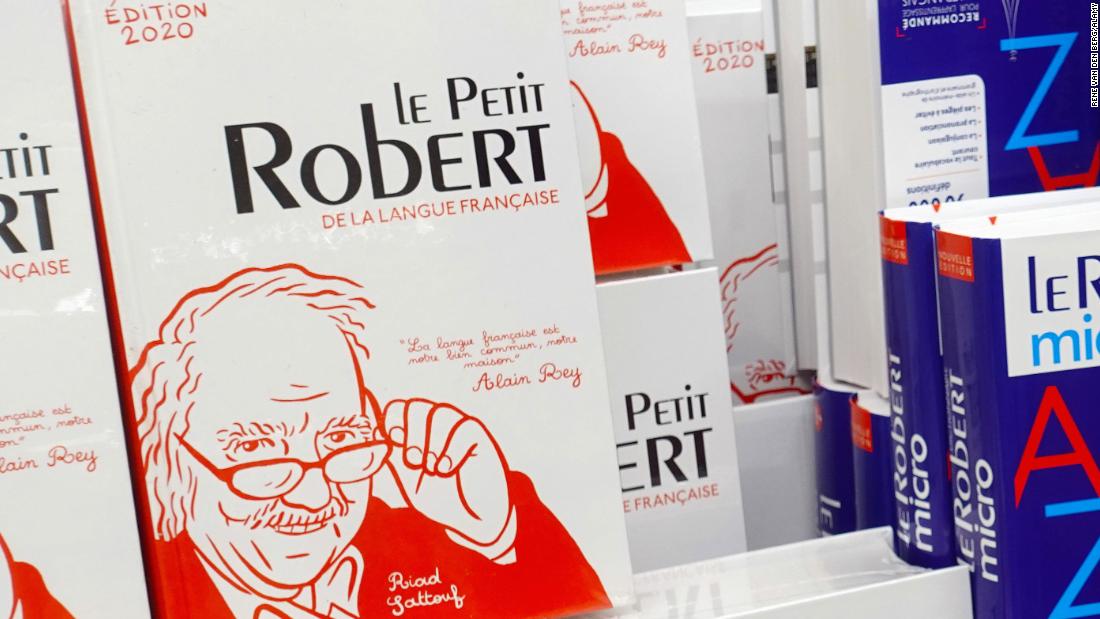
“Translation is a gateway to countless experiences: artistic, educational, political, and more,” says Aviva Palencia ’22.
Palencia is pursuing a double major in Spanish and linguistics with a certificate in translation and interpreting studies. Last summer, she had a special opportunity to put her studies to work by translating into Spanish the materials for an exhibition, We Are For Freedoms, at the University Museum of Contemporary Art (UMCA).
The translation project, a first for the campus, was a collaboration between UMCA and the UMass Translation Center. The exhibition consists of a collection of posters from local and regional artists expressing their interpretations of freedom. It’s part of a public program series in partnership with For Freedoms, a national nonprofit arts organization that works to increase creative civic engagement, discourse, and action.
Amanda Herman, education coordinator at UMCA, says that the Spanish translation is an integral part of the museum’s goal of welcoming those who may have felt excluded from museums in the past. “We Are For Freedoms centers on catalyzing conversations, increasing civic participation, and exploring the limits and possibilities of our freedoms—so it is the perfect exhibition to start offering translated material,” she says. “And we're thrilled that the work was completed by two talented UMass students!”
Palencia (above right) worked with Maria Camilla Vera Arias (above left), a PhD candidate in the Spanish and Portuguese program on the literature track focused on Translation Studies and Latin American literature. “As an international student, it means a lot to me to see the museum and the university acknowledge that this is a diverse community where not everybody speaks the same language,” says Vera Arias, who is a poet, journalist, and educator. “Translating the contents of an art exhibition allows me to explore different realms of writing, creating, and working with languages. I just love the way I get to play with language when I translate.”
“Maria and Camilla were my dream team,” says Regina Galasso, associate professor, Spanish and Portuguese studies, and director of the Translation Center. “There’s a widespread misconception that all bilinguals can translate well. And for many, technology has made it seem that translation is fast, easy, and if not free, cheap. However, a quality translation requires creativity, experience, knowledge, a variety of skills, planning, and time. This collaboration is a great example of the incredible resources and people at UMass Amherst.”
"Translating the contents of an art exhibition allows me to explore different realms of writing, creating, and working with languages. I just love the way I get to play with language when I translate."
–Maria Camilla Vera Arias
As the translation team researched word choice, debated meaning, and iterated on their translations of the Spanish labels and interpretive text, Palencia was inspired by the powerful content of the art. While working on the project, she says, “I was able to help amplify expressions of frustration, calls to action, and celebrations of the history of communities around me during a year of utter social isolation.”
We Are For Freedoms will be exhibited at UMCA until the end of the fall semester. See samples of the artwork below, or view the exhibition website and the Spanish text.




